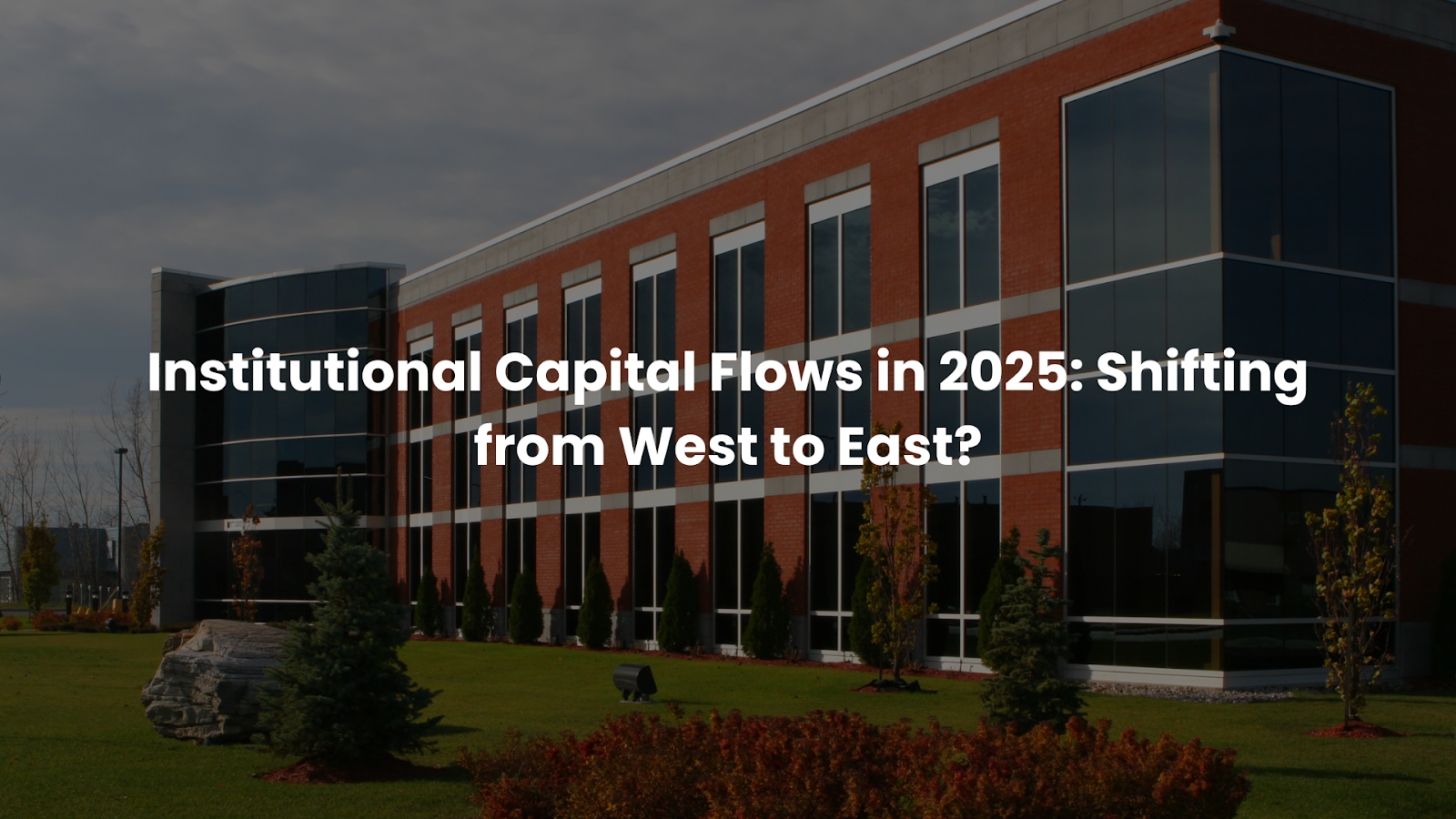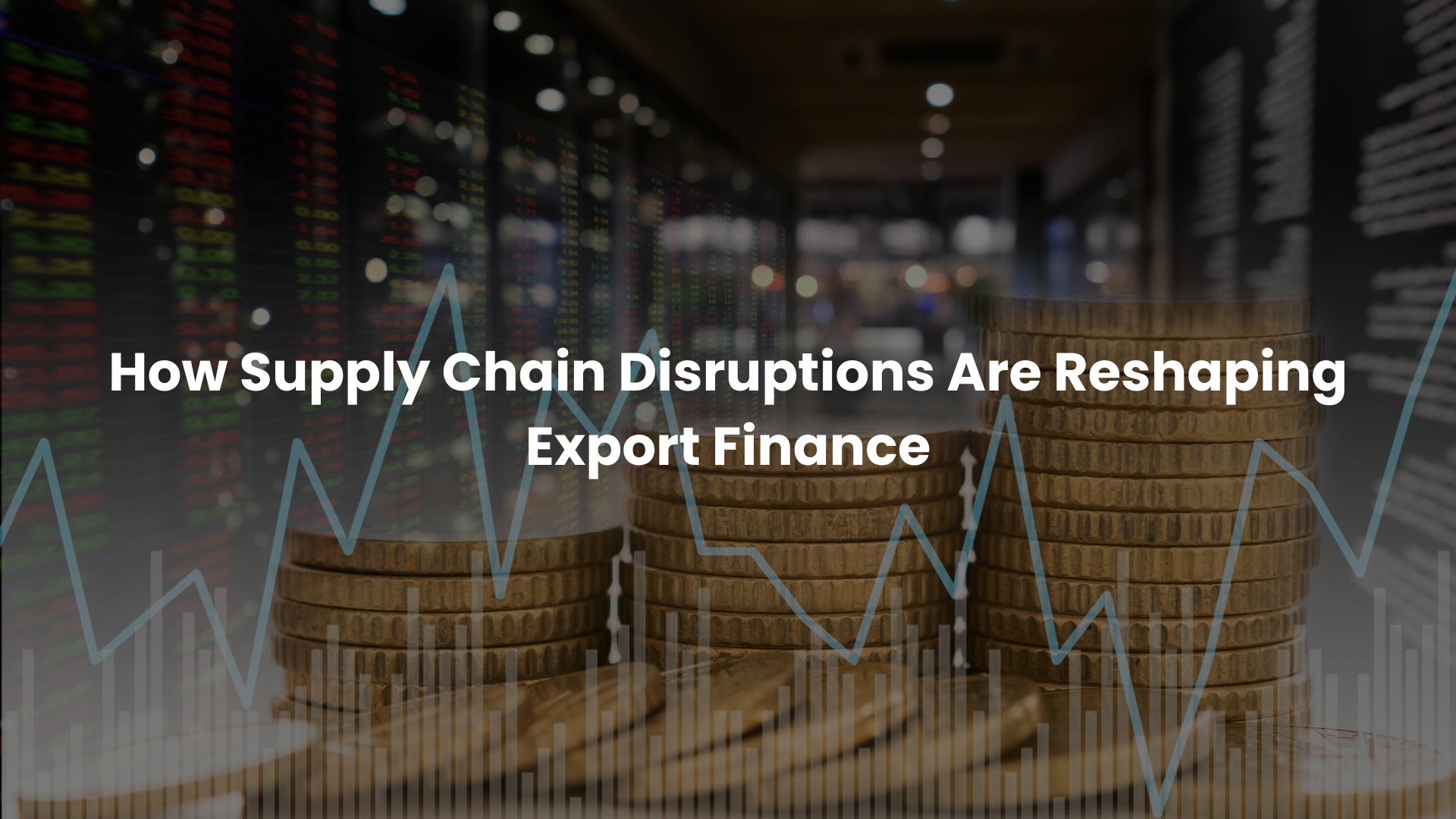Equity capital markets in 2025 are showing fresh momentum after several years of uneven recovery. Following the volatility of the early 2020s, activity across initial public offerings (IPOs), special purpose acquisition companies (SPACs), and direct listings is regaining ground, fuelled by stabilising macroeconomic conditions, evolving regulation, and a shift in investor appetite. For corporates, private equity firms, and global investors, the equity capital market has once again become a critical pathway for fundraising, liquidity, and cross-border growth.
At Global Banking & Markets (GBM), we see these dynamics not just as a cyclical rebound, but as part of a broader realignment in how companies access public markets. Let’s take a closer look at the drivers shaping IPOs, SPACs, and direct listings—and what they mean for global dealmaking in the year ahead.

IPOs: The Engine of Market Recovery
The IPO market has emerged as the most resilient and visible component of the equity capital flow resurgence. After a subdued period marked by high interest rates and inflationary pressure, companies are once again turning to public listings as financing conditions improve.
Several key trends are evident:
- Macroeconomic Tailwinds: The stabilisation of inflation and a downward shift in interest rates have created an environment more conducive to equity issuance. The US, under a business-friendly administration, has become particularly attractive for listings, offering both scale and liquidity.
- Private Equity Participation: Perhaps the most striking development has been the role of private equity. In 2024, nearly 30% of US IPOs were backed by private equity firms—almost double the share from the previous year. With record amounts of “dry powder” and a need to return capital to investors, private equity firms are increasingly using public markets as an exit route.
- Regional Strengths: Beyond the US, IPO activity is thriving in India and the Middle East. India continues to benefit from rapid economic growth, a digital-first economy, and a strong retail investor base. Meanwhile, the Middle East has successfully positioned itself as a hub for energy diversification and sovereign-backed corporate listings. Europe, after lagging, is gradually regaining momentum as confidence returns.
- Sector Shifts: Technology, once the overwhelming leader in IPO issuance, has ceded ground to consumer, industrial, and enterprise companies. This diversification suggests a broadening of investor interest beyond the growth-at-all-costs model that dominated the previous decade.
The IPO market is not without its challenges—valuations remain under scrutiny, and volatility can swiftly derail offerings—but the overall outlook for 2025 is one of optimism, supported by strong pipelines and robust investor demand.

SPACs: A Selective Revival
SPACs were the story of 2020–2021, but their rapid decline after regulatory tightening and market fatigue left many questioning whether they had a future. Yet in 2024, the SPAC market showed the first signs of a measured comeback, and 2025 is building on that base.
Key features of this revival include:
- Quality over Quantity: Gone are the days of speculative SPAC listings chasing questionable targets. The market now favours fewer but higher-quality sponsors, often with proven track records and a sharper focus on value creation.
- Institutional Confidence: Institutional investors, once sceptical, are cautiously re-engaging, particularly where PIPE (Private Investment in Public Equity) structures provide added certainty and flexibility.
- De-SPAC Transactions: For companies weighing their options, de-SPAC mergers remain attractive as they can deliver capital more quickly and with greater deal certainty compared to traditional IPOs. This is especially appealing for businesses in sectors such as healthcare, fintech, and renewables, where speed to market can be a differentiator.
While SPAC activity remains far below its 2021 peak, the current resurgence is healthier, more sustainable, and more aligned with long-term investor priorities.
Direct Listings: A Quiet but Strategic Comeback
Direct listings have always been a niche option, but they are finding renewed relevance in 2025. Unlike IPOs or SPACs, direct listings do not raise new capital; instead, they provide liquidity to existing shareholders without the costs and restrictions associated with traditional underwriting.
The appeal of direct listings is clear for certain types of companies:
- Lower Dilution: Existing shareholders can sell without issuing new shares, protecting ownership stakes.
- Flexibility: Direct listings allow companies to avoid lock-ups, roadshows, and other aspects of the IPO process.
- Brand Strength: Only firms with established reputations, clear market demand, and investor recognition can succeed with this model.
After a lull in 2023 and 2024, confidence in equity markets has revived the direct listing conversation. For firms with strong balance sheets and no urgent need for fresh capital, this path offers a cleaner, faster, and more brand-driven market entry.

The Broader Drivers of Equity Capital Flows
While IPOs, SPACs, and direct listings differ in structure and purpose, their resurgence reflects several shared macro drivers:
- Interest Rate Stability
Falling and stabilised rates have tipped the balance back in favour of public equity versus private credit, encouraging issuers to seek capital in the open market. - Regulatory Clarity
Regulatory frameworks are adapting, particularly in the US, where the SEC’s actions on SPAC disclosures and IPO processes have created more predictable operating conditions. - Private Equity Overhang
With billions in portfolio company value waiting for exit opportunities, private equity has become a structural driver of listing activity. - Sectoral Realignment
While tech’s dominance has faded, sectors such as consumer goods, industrials, and healthcare are filling the gap, broadening the equity market’s foundations. - Geopolitical Dynamics
Regional differences persist: tariff disputes, energy transition policies, and divergent growth trajectories continue to shape capital flows globally.
Outlook: A Year of Balanced Optimism
Equity capital flows in 2025 are not defined by exuberance or speculative excess, but by steady confidence and pragmatic opportunity. Companies and investors alike are approaching the market with greater discipline, and the result is a healthier, more sustainable environment for capital formation.
IPO pipelines are strong, SPACs are regaining credibility, and direct listings are carving out their space—all supported by a backdrop of stabilising macroeconomics and shifting investor priorities. For corporates considering market entry, the choice of route will depend on their capital needs, sector positioning, and brand strength.
Why GBM?
At Global Banking & Markets, we understand that equity capital markets are no longer confined by borders—they are global by nature, influenced by macro forces, and shaped by cross-border investor demand.
GBM provides the events, platforms, and networks that bring issuers, investors, and advisors together. Whether you are a private equity firm seeking liquidity, a corporate exploring an IPO or SPAC transaction, or an established brand considering a direct listing, GBM creates the infrastructure for meaningful connections and strategic growth.
Our forums in Cape Town, Dubai, Riyadh, Miami and Istanbul attract decision-makers from across the financial ecosystem, enabling dialogue that translates into deal execution. We do more than host events: we build communities that power capital flows and cross-border opportunities.
In 2025, as equity markets continue their comeback, GBM stands ready to support your ambitions—helping you access capital, expand globally, and connect with the partners who will shape the next chapter of your growth story.
We are the world leader in global markets-focused financing events in emerging markets. We bring complex markets together in one place at one time, facilitate informal networking & organise meetings which accelerate deal-flow. Connecting you with business partners and counterparties is at the heart of everything we do.
.png)

.png)

